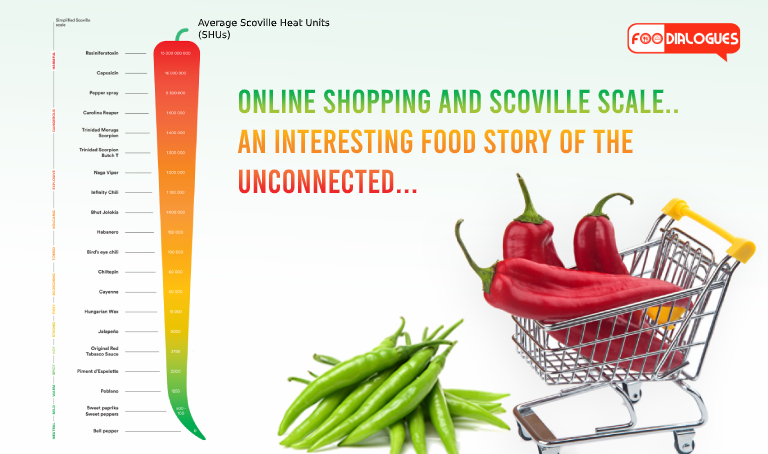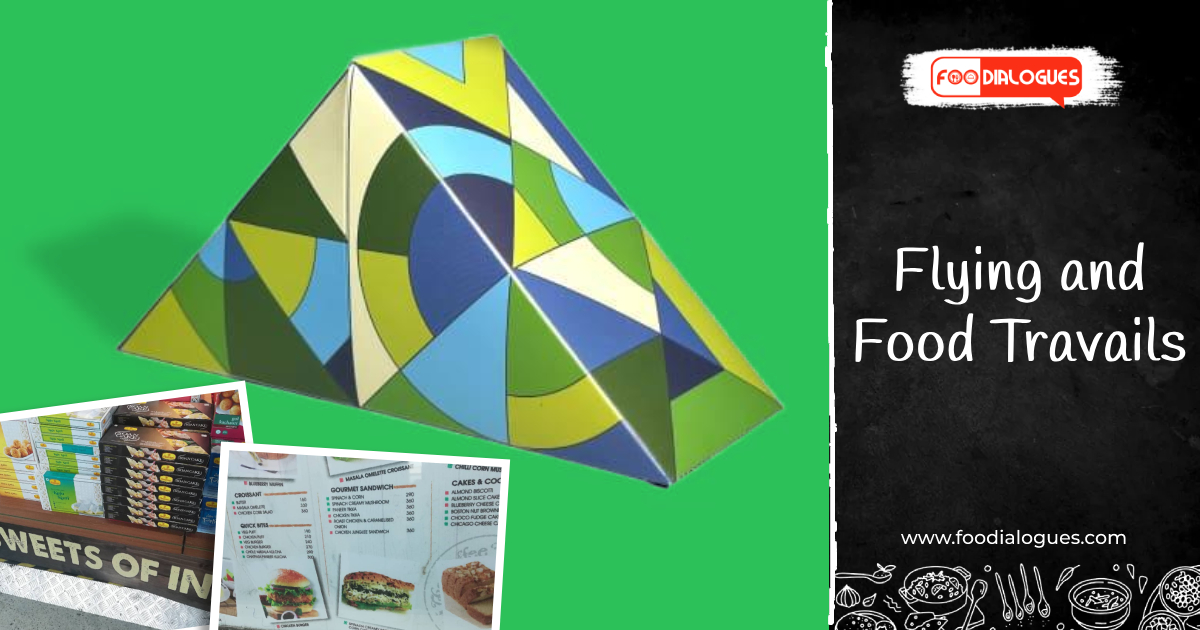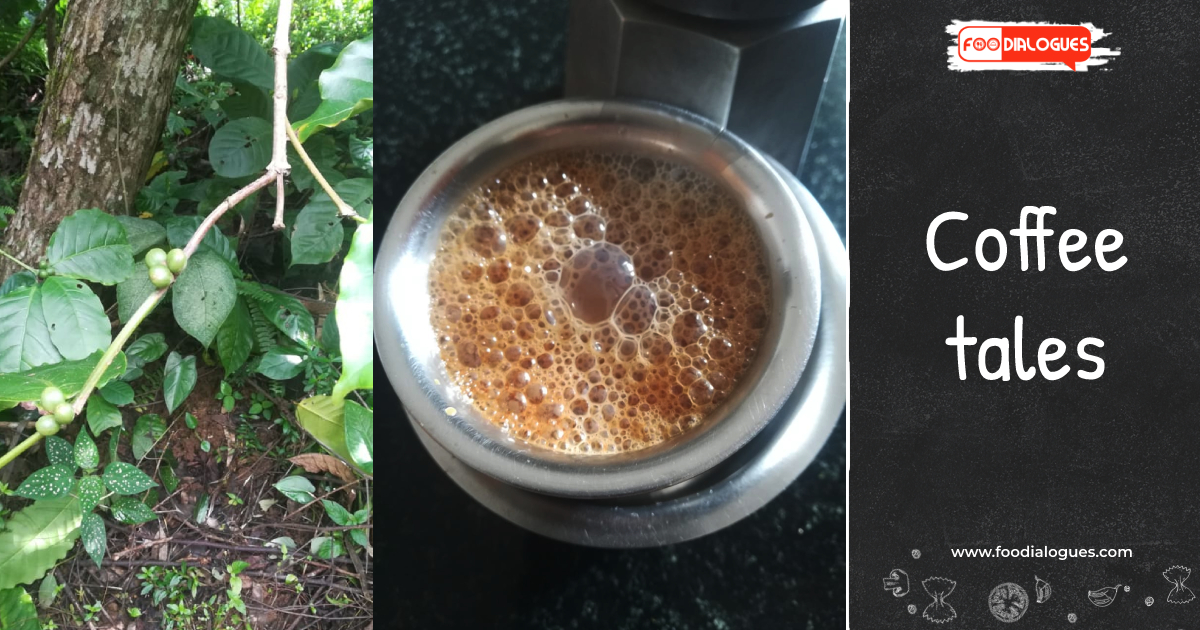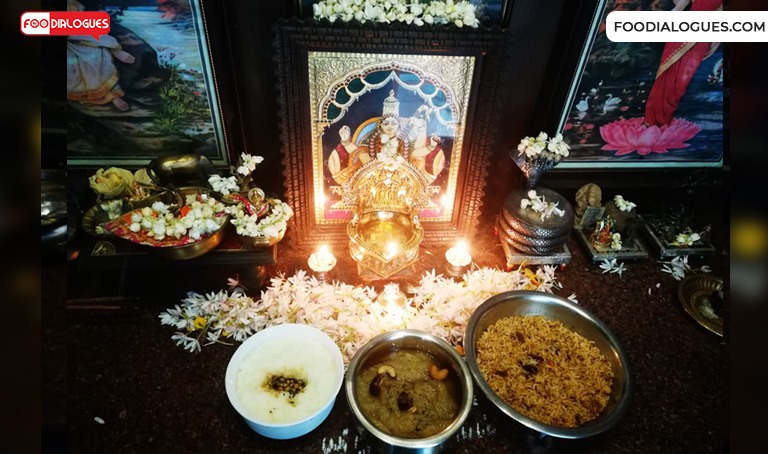Way back in 2014 when Ms Geetha Padmanabhan, reporter The Hindu, approached me for my experience in online shopping all that I could say was about my books purchase which was documented in the article on 22nd May 2014 issue as given below.
“Dr. Usha Ravi, Dean, Academics, Professor and Head, Department of Food Science, MOP Vaishnav College for Women, routinely orders books for teaching and reference. “I recently purchased a book under the ‘used book’ category for an innovative course called Food Merchandising,” she says. “This book was available only in the U.S. and was shipped to me in approximately a week’s time.” Amazon is successfully creating a ‘cyber-plaza’ experience in India, she says. “A Google search for any book shows Amazon topping the list, that’s good positioning! Usha “no longer walks across to the bookstore to ‘scan and search’ the bookshelves. “I’m able to sit in the comfort of my workplace and fit my ‘book-shopping spree’ into my academic activity,” she says.”
Today my online shopping experience and expertise has grown so immense, thanks to my son and daughter in law that I was relying on Apps and shopping online for my vegetable and fruit purchase during the lockdown. My love for vegetable and fruit shopping was totally curtailed by COVID 19 and I had to be satisfied with what was delivered at my doorstep. I consoled myself by saying something was definitely better than nothing and went about my cooking with vegetables that I was not truly happy with. The wonderful gleaming vegetables and fruits that were available on the online platforms remained as pictures on the online site and never once did it reach my kitchen in the same state. Another problem that I faced was the quantity that I had to buy…everything was not less than a kilo including green chillies.
I tried my level best with all my food science skills to preserve a kilo of green chilies in my refrigerator, but for how long? So one morning I decided to make a ‘ thokku” with them and free the refrigerator space .A lover of hot and spicy food ,probably the influence of my “Hyderabad days”, I got down to make this simple but fiery pickle which I knew would be an instant hit with my family.
As I was in the process of preparation my thoughts went back to the year 1968 when I was hardly 6 years old but this incident that I am going to narrate is still evergreen in my mind. It was the year of the World Trade Fair that was held far away from Madras and the place is now the bustling Annanagar. My sister and I were on our visit to my grandparents’ house. It was huge ancestral house, with the families of three brothers staying together. We were the only children around and we had quite an enjoyable holiday with house full of people. One fine evening it was decided to visit the fair and our big family of about 20 reached the fair. A detail of how we went and what we saw is not very clear to me except for the” bhel poori’ episode. Having come down from the city of Gwalior where my father, an Air force Officer was serving, I insisted on eating “ bhel poori” moment I saw the stall in the fair. This was an alien food to others and they tried to talk me out of it. But I would not relent and I insisted that I am used to eating it on the roads of Gwalior. Relying on what a little girl of 6 said the entire lot went in for” bhel “and some following my 4 year old sister’s choice of” pani poori” chose that. I was very happy and went about eating that hot and spicy stuff with tears streaming down my cheeks. Even today that’s how I like to eat a” mirchi Bajji” or chaat. I was so engrossed with relishing my fare I was oblivious of the” oohs” and “ousuus’ and the torture that others were undergoing in downing the bhel. Now I realize that probably I have a better threshold for pungency which was a cultivated trait from when I was young.
The pungency or spiciness or “heat” of chillies is measured using a scale known as the Scoville Scale.This scale measures the pungency of chilly and records it as scoville heat units (SHU).Bell peppers are the sweetest with a SHU of 0-100 while the Naga viper chillies are spice bombs with a SHU of 750,000-1,500,000. The Scoville Scale and Scoville Heat Unit (SHU) were named for scientist Wilbur Scoville in 1912. At the time, Scoville worked for a pharmaceutical company named Parke-Davis where he developed a test called the “Scoville Organoleptic Test” which is used to measure a chili pepper’s pungency and heat. The bhut jolokia is a chilly, native to India and also known as the ghost chili . The Indian military is said to have turned it into a “biological weapon.” Chili grenades are a part of the Indian military’s counter-terrorism arsenal says reports.
Phall is curried chicken breast considered the hottest curry in the world, and indeed it may be the spiciest food world over. It originated in the British- Bangadeshi owned eateries of Birmingham and spread to the West.It generally uses ten different peppers – ranging from the comparatively mild habanero and scotch bonnet (both 100,000 to 350,000 Scoville units) to the bhut jolokia.
An Indian chef who prepares an eight-pepper Phall curry at his New York-based restaurant wears a gas mask when cooking it.
Full of nostalgia and rewind of fiery facts I tasted the green chilly pickle and yes it was absolutely spicy, tangy and mouthwatering. As I was bottling it I decided to mix a little in hot rice and savor it during my lunch.





